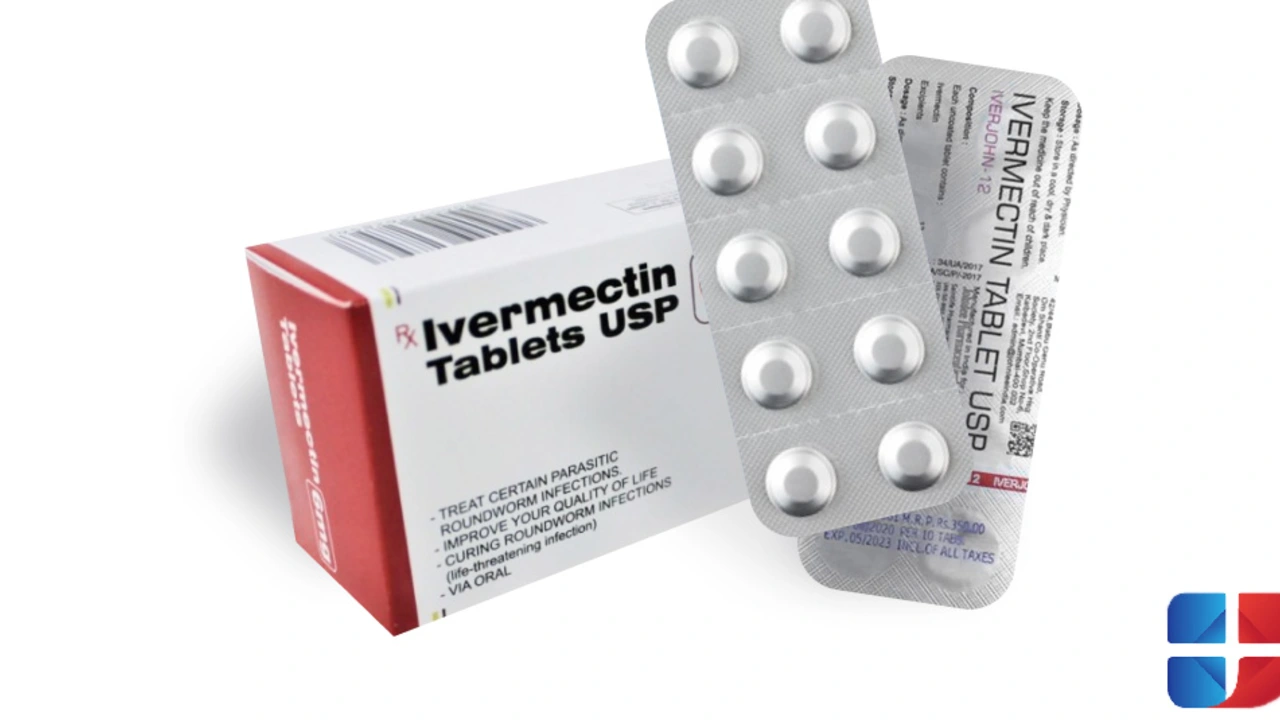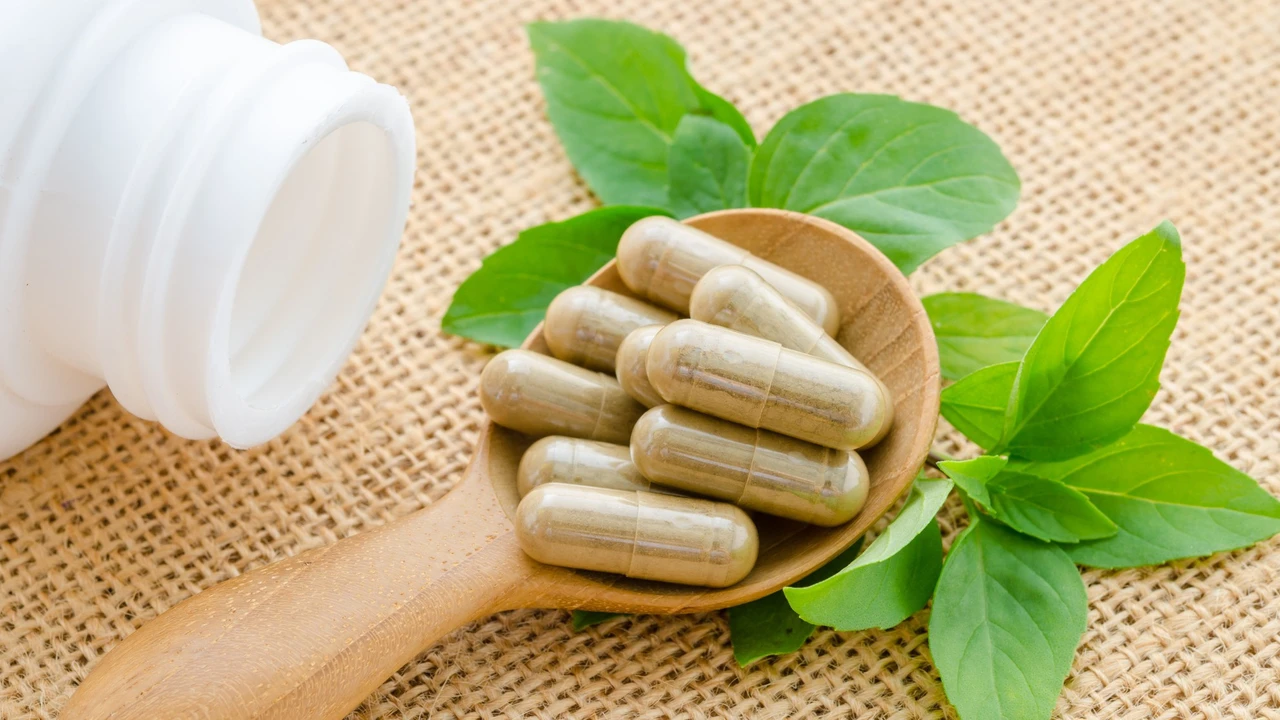Cinchona Supplement — November 2023 Archive
This archive highlights our November 2023 post about Cinchona, a natural supplement made from the bark of the Cinchona tree. If you saw the title and wondered what Cinchona does or whether you should try it, this page gives a quick, practical summary of what we covered: what it is, common uses people report, how to take it, and what to watch for.
What Cinchona is and why people use it
Cinchona bark contains alkaloids like quinine. Historically it helped treat fevers and digestive trouble, and today people take standardized extracts or capsules for similar reasons. The November post explains that users often look to Cinchona for mild immune support, easing occasional digestive discomfort, and as a traditional remedy for feverish feelings. Remember, the active compounds can be powerful, so this isn’t the same as a simple vitamin.
We kept the language practical: if you want the traditional use, expect a bitter taste in teas or tinctures. Capsules hide the taste but check labels for extract strength. The post walks through common forms — tea, tincture, and capsules — and the pros and cons of each so you can pick what fits your routine.
Safe use, dosing tips, and interactions
The safest approach is to start low and watch how your body reacts. Many people start with a small capsule or a weak tea once a day, then adjust. The November article recommends checking product labels for standardized alkaloid content, because that tells you how strong the dose is. If you take prescription meds, have heart rhythm issues, are pregnant, or have kidney problems, talk to your doctor before trying Cinchona. It can cause side effects like nausea or ringing in the ears at higher doses and may interact with blood-thinning or heart medicines.
We also gave practical safety steps: track any side effects for a week, avoid combining with other bitter herbal mixes until you know how you respond, and stop use and call a clinician if you notice fast heartbeat, severe dizziness, or sudden hearing changes. Buying from reputable brands and checking third-party testing helps reduce risk from contaminants or mislabeling.
If you want hands-on tips, the full November post includes a simple tea recipe, how to read supplement labels, and a short checklist to discuss with your healthcare provider. It’s written for people who want clear, usable steps rather than long medical debate.
Want more from KwikMed? We publish concise guides on supplements, meds, and common health questions. This archive points you straight to the Cinchona piece from November 2023 so you can decide whether it’s worth trying and how to do that safely. If anything in the post raises a question about your personal health, reach out to your clinician — we aim to inform, not replace professional advice.


